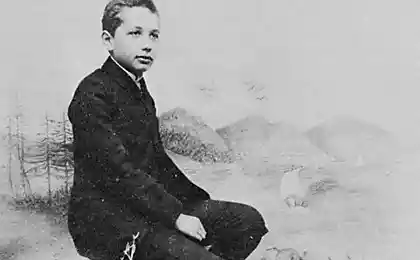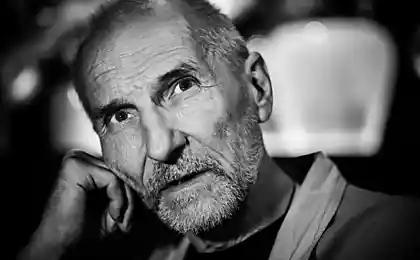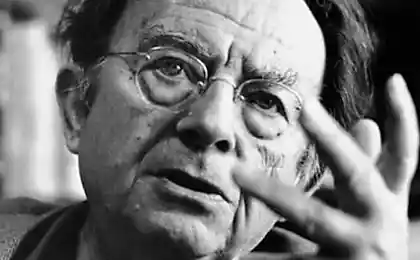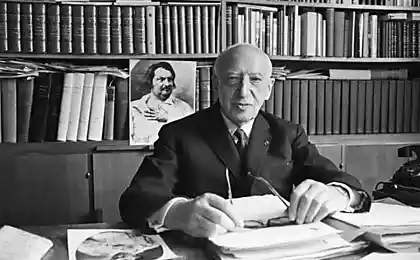759
5 shocking experiments proved that people - evil
The site says, you can post as many seals and sentimental sigh of examples of human kindness, but in the depths of each of us lurks a beast. Although this fact civilization hide even from ourselves, some experiments included in the history of psychology, we proved that "humanism" - this is too conventional concept ... 1. Asch conformity experiments, 1951 g.Studentov volunteers allegedly invited to check the view. The subject was in the group with seven actors, whose results are not taken into account when summing up.
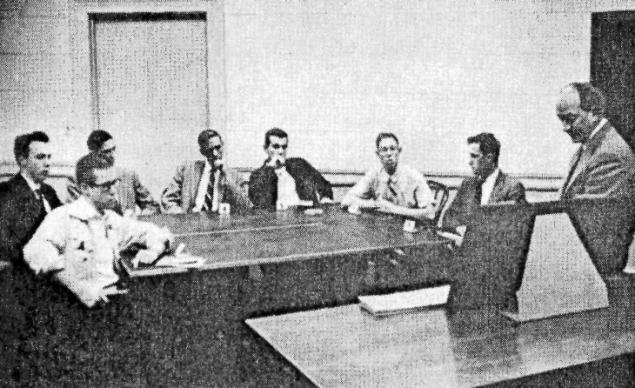
People are highly dependent on the opinions of a group in which there are. Even if it is contrary to common sense or our beliefs, it does not mean that we can resist him. h4> Young people have shown a card on which was depicted a vertical line. Then they were shown another card, where it was shown three lines - the participants were asked to determine which of them corresponds to the size of the line on the first card. Opinions of the test asked at the last turn.
We can with surprising ease to abandon religion or any other ethical imperatives that is advantageous for us. h4> On the way from one building to another, students met on an empty alley lying on the ground a man who looked as if he needed help.
The crowd can be indifferent to the suffering of others, especially when in a difficult situation get people from marginalized groups. h4> They invited volunteers to participate in the discussion. Participants were asked to communicate remotely - using communication devices. During the conversation, one of the interlocutors feigned an epileptic seizure, which could be clearly recognized by the sounds of the speakers.
People quickly accept imposed their social roles and is so keen on his own authority that face of what is permitted in relation to other erased them rapidly fast. h4> sadistic shown every third guard - over abused prisoners, some were forced to wash the drain barrels with his bare hands. Two of them were so mentally scarred that they had to be excluded from the experiment. One of the new members, replacing the retired, was so shocked by what he saw that soon declared a hunger strike. In retaliation, he was placed in a tight closet - solitary confinement. Another prisoner was given a choice: give up the troublemaker blankets or leave alone in the night. His comfort agreed to donate only one person.
Most of the subjects were ready to pass through the stranger lethal electric shocks only due to the fact that close was a man in a white robe who told them to do it. h4> If the "teacher" hesitated when sentencing, the experimenter whose persistence increases with doubts, with the help of specially harvested phrases to convince him to continue. Upon reaching the 300 volts from the room "disciples" were heard clearly hitting the wall, then "disciple" stopped to answer questions. Silence for 10 seconds, the experimenter interpreted as a wrong answer, and he asked to increase the power of impact. The following discharge 315 volts even more insistent repeated blows, after which the "student" ceased to respond to questions. The experiment was considered complete when the "teacher" three applied the maximum possible punishment.

People are highly dependent on the opinions of a group in which there are. Even if it is contrary to common sense or our beliefs, it does not mean that we can resist him. h4> Young people have shown a card on which was depicted a vertical line. Then they were shown another card, where it was shown three lines - the participants were asked to determine which of them corresponds to the size of the line on the first card. Opinions of the test asked at the last turn.
This was repeated 18 times. In the first two passes podgovorennye participants called the right answers, it was not difficult, because the lines match all the cards have been obvious. But then they began to stick unanimously wrong option.
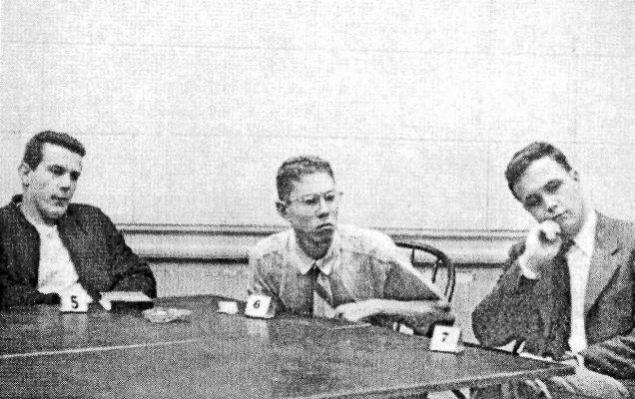
As a result, 75% of students at least once were not willing to speak out against the majority opinion - point to the wrong option, despite the obvious visual discrepancy between the lines.
What does that say about us? People are highly dependent on the opinions of a group in which there are. Even if it is contrary to common sense or our beliefs, it does not mean that we can resist him. As long as there is at least a ghostly threat of condemnation from others, we can be much easier to drown out your inner voice than to defend its position.
2. Experiment with the "good Samaritan" 1973 g.Pritcha the Good Samaritan tells of how free the traveler on the road helped the wounded and robbed man passed by all the others.

Psychologists decided to check how much these moral imperatives affect human behavior in a stressful situation.
One group of seminary students told the parable of the good Samaritan and then asked to read a sermon about what they heard in the other campus buildings. The second group was asked to prepare a speech about the different possibilities for the device to work. In this case, some of the subjects were asked to hurry up especially towards the audience.
We can with surprising ease to abandon religion or any other ethical imperatives that is advantageous for us. h4> On the way from one building to another, students met on an empty alley lying on the ground a man who looked as if he needed help.
It was found that Only 10% of seminarians, who were asked to come to the classroom as soon as possible, have a stranger help - even if not long before they heard a lecture about how important it is to help your neighbor in a difficult situation.
What does that say about us? We can with surprising ease to abandon religion or any other ethical imperatives when it is profitable to us. People tend to justify their indifference by the words "this does not concern me," "I still can not help anything," or "here will cope without me».
3. Experiment indifferent witness, 1968 GV 1964 felonious assault on a woman that is repeated twice within an hour, ended with her death on the way to the hospital. Witnesses of Crime has become more than a dozen people, and yet no one bothered to call the police. On the motives of these events, John Darley and Bib Lateyn decided to conduct its own psychological experiment.

The crowd can be indifferent to the suffering of others, especially when in a difficult situation get people from marginalized groups. h4> They invited volunteers to participate in the discussion. Participants were asked to communicate remotely - using communication devices. During the conversation, one of the interlocutors feigned an epileptic seizure, which could be clearly recognized by the sounds of the speakers.
When the conversation took place one by one, 85% of subjects vividly reacted to the case and tried to render assistance to the victim. But in a situation where the party believed that apart from him in conversation involved another 4 persons, only 31% were force to try to influence the situation. Everyone else thought that it should deal with someone else. < br />
What does that say about us? If you think that a large number of people around ensures your safety - it is not so. The crowd can be indifferent to the suffering of others, especially when in a difficult situation get people from marginalized groups. While there are a number someone else, we are happy to pass on the responsibility for what happens.
4. Stanford Prison Experiment, 1971 Philip Zimbardo g.Psiholog equipped basement at Stanford University as a prison and asked male volunteers to those examples on the roles of guards and prisoners - all of them were college students.
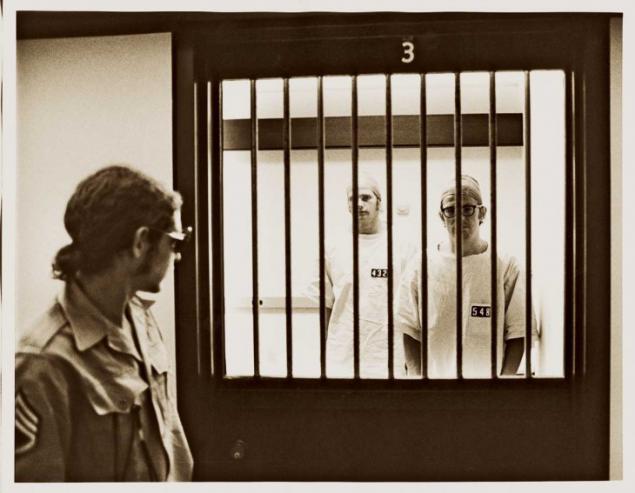
Participants were tested for mental stability, then by drawing lots were divided into two groups of 12 people - prisoners and overseers. The guards wore uniforms from the military store that copied this form of prison guards. Also, they were given wooden batons and mirrored sunglasses, which have not been seen eye.
Prisoners are provided uncomfortable clothes without underwear and rubber flip-flops. They were known only to numbers that were sewn to form. They also could not shoot with a small ankle chains that had to constantly remind them of their detention.
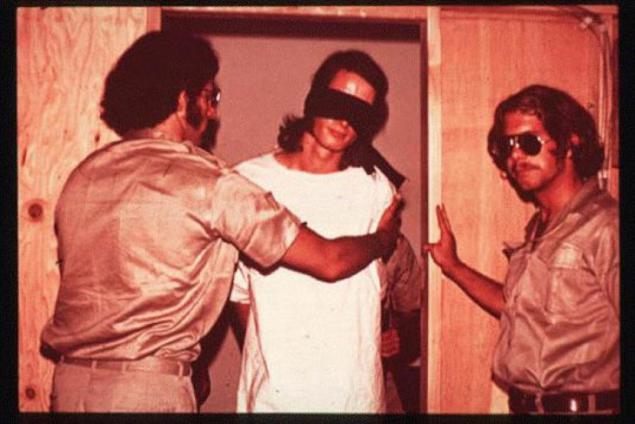
At the beginning of the experiment the prisoners released. From there, they were allegedly arrested by the state police, which facilitated the experiment. They passed the procedure of fingerprinting, photographing and reading of rights. Then they stripped to * ol examined and assigned a number.
Unlike the prisoners, the guards worked in shifts, but many of them in the course of the experiment happy to come to work overtime. Zimbardo himself acted as chief executive officer of the prison. The experiment was to last 4 weeks. Before the guards posed one single task - to bypass the jail, which they could spend as they want to do, but without the use of force against prisoners.
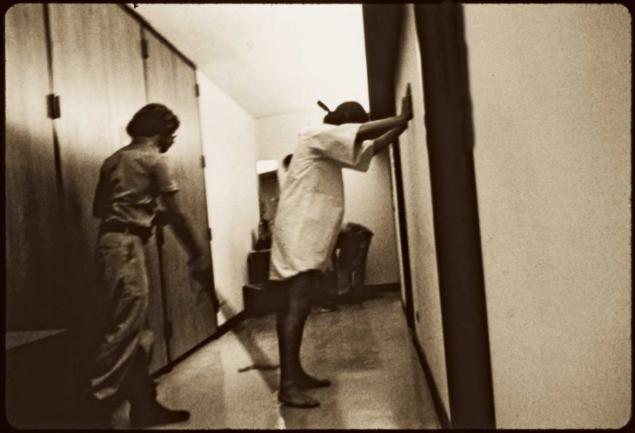
By the second day, prisoners staged a riot, during which they barricaded the entrance to the chamber using the bed and taunted officers. Those responded with fire extinguishers to calm the unrest. Soon they were forced his players to sleep on * Agen on th * th the concrete, and the opportunity to use a shower was for prisoners of privilege. In prison, began to spread a terrible unsanitary - detainees were denied going to the toilet outside the chamber, and buckets they used to facilitate the needs forbade clean as punishment.
People quickly accept imposed their social roles and is so keen on his own authority that face of what is permitted in relation to other erased them rapidly fast. h4> sadistic shown every third guard - over abused prisoners, some were forced to wash the drain barrels with his bare hands. Two of them were so mentally scarred that they had to be excluded from the experiment. One of the new members, replacing the retired, was so shocked by what he saw that soon declared a hunger strike. In retaliation, he was placed in a tight closet - solitary confinement. Another prisoner was given a choice: give up the troublemaker blankets or leave alone in the night. His comfort agreed to donate only one person.
The work of prison followed by about 50 observers, but Only Girl Zimbardo, who came to spend a few interviews with the participants of the experiment, outraged happening. The prison was closed in Stamford six days after being launched to the people. Many guards displayed a regret that the experiment ended prematurely.

What does that say about us? People quickly accept social roles imposed on them and are so keen on his own authority, that the line of what is permitted in relation to the other they quickly erased quickly. Stanford experiment, participants were not sadists, they were the most ordinary people. Higher education and a strong mental health did not prevent subjects to use violence to the people over whom they have authority.
5. The Milgram experiment, 1961 g.Psiholog Stanley Milgram decided to see how far people can go in harm to others, if it is part of their duties.
Participants of the experiment scored for a small fee among the volunteers. In the beginning, between the test and the specially trained actor allegedly played out the role of "student" and "teacher", and the subject always got a second role.
Then aktera- "disciple" demonstrably tied to a chair with electrodes, and "teacher" gave introductory discharge current at 45 V and were taken to another room. There he sat at the generator, which was located 30 switches from 15 to 450 in increments of 15 V.

Under the control of the experimenter, who is always in the room, "the teacher" I had to check memorizing a "disciple" of pairs of associations that were read to him in advance. For each mistake he received a sentence of discharge current. With each new bit error increased. Group switches have been signed. The final signature saying: "Danger: portable hard hit." The last two switches are outside groups were graphically separated and labeled marker «X X X».
"Apprentice" answered with four buttons, his response indicated on the light board to the teacher. "Teachers" and shared his ward blank wall.
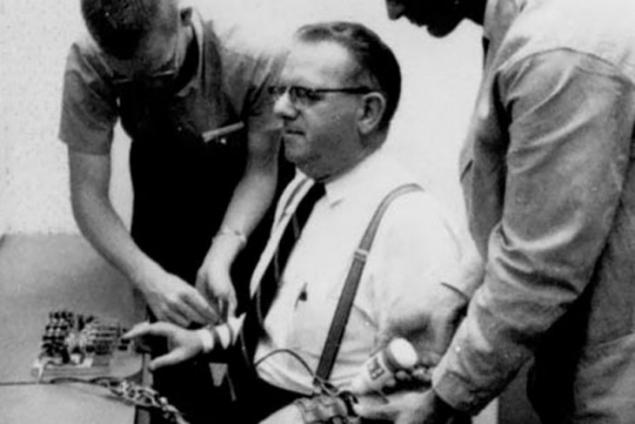
Most of the subjects were ready to pass through the stranger lethal electric shocks only due to the fact that close was a man in a white robe who told them to do it. h4> If the "teacher" hesitated when sentencing, the experimenter whose persistence increases with doubts, with the help of specially harvested phrases to convince him to continue. Upon reaching the 300 volts from the room "disciples" were heard clearly hitting the wall, then "disciple" stopped to answer questions. Silence for 10 seconds, the experimenter interpreted as a wrong answer, and he asked to increase the power of impact. The following discharge 315 volts even more insistent repeated blows, after which the "student" ceased to respond to questions. The experiment was considered complete when the "teacher" three applied the maximum possible punishment.
65% of the subjects reached the last switch and did not stop, until they were asked about this the experimenter. Only 12, 5% refused to continue as soon as a victim for the first time knocked into the wall - all the others continued to press the button even after from behind the wall to act ceased to answer.
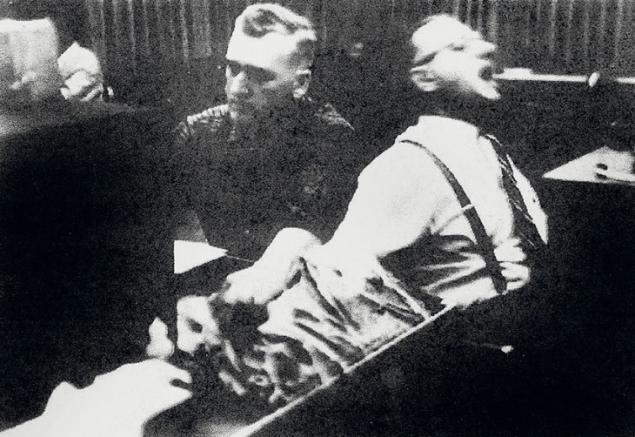
What does that say about us? Even being strongly suppressed, contrary to all the experts, the vast majority of subjects were willing to spend over a stranger fatal electric shocks only because of the fact that close was a man in a white robe who told them to do it. Most people are surprisingly easy to go on about the authorities, even if this entails a devastating and tragic consequences.
via theoryandpractice.ru/posts/7413-5-psikhologicheskikh-eksperimentov-kotorye-proyavili-khudshie-storony-chelovechestva
15 facts about the laziness that explains everything! Short and laziness to read a lot
20 short-life hacking facts that you did not know about YouTube

















